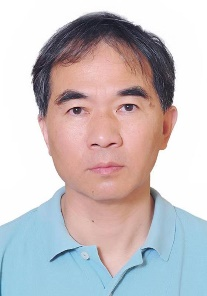Title: Using neutron as a probe to study strongly correlated electron materials
Speaker: Pengcheng Dai
Time: 15:45, May 8
Location: Room 215, No. 8 Hainayuan Building
Abstract:
The neutron scattering is a technique developed in the 1950 by Shull at Oak Ridge National Laboratory for neutron diffraction and Brockhouse at Chalk River laboratory for inelastic neutron scattering. Shull and Brockhouse shared Nobel prize for physics in 1994. Over the past three decades, the development of spallation neutron sources around world has revolutionized the neutron scattering technique as a probe to study spin, lattice, and electronic excitations in solids. In this talk, I will summarize key development in the field of neutron scattering, and argue why the technique is indispensable for understanding solids, particularly magnetic properties of quantum materials. In particular, I will focus on recent advances in quantum spin liquid candidate materials and magnetic properties of kagome magnets.
Biography:

Pengcheng Dai obtained his B.S. in 1984 from Zhengzhou University and his Ph. D in 1993 from University of Missouri. He did 3 years postdoc at Oak Ridge National Laboratory up graduation, and became a staff member at Oak Ridge National Laboratory from 1996 till 2001. In 2001, he moved to The University of Tennessee as an associated professor, became full professor in 2006. In 2008, he was promoted to Tennessee Advanced Materials Laboratory chair professor. In 2013, he moved from The University of Tennessee to Rice University, and is currently Sam and Helen Worden professor of physics at Rice. His group has focused on using neutron scattering as a probe to study correlated electron materials over the past two and half decade. He is a APS, AAAS, and NSSA fellow, and won sustained prize of neutron scattering society of America in 2016 and The Heike Kamerlingh Onnes Prize in 2022. He is currently a divisional associate editor of PRL. He published over 320 papers with google citation of > 24700.




